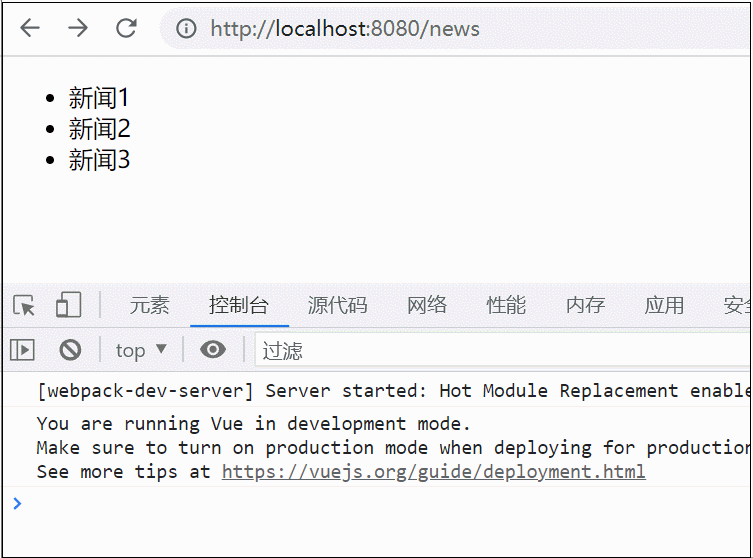人生不可能总是顺心如意的,但是持续朝着阳光走,影子就会躲在后面。刺眼,却表明对的方向。
先上代码
<body>
<div id="root">
<div>
<input v-model="inputValue" />
<button @click="handleClick">submit</button>
</div>
<ul>
<todolist v-for="(item,index) of list"
:key="index"
:content="item"
:index="index"
@delete="handle"
></todolist>
</ul>
</div>
<script>
Vue.component("todolist",{
props: ['content','index'],
template: '<li @click="handleDelete">{{content}}</li>',
methods: {
handleDelete:function(){
this.$emit('delete',this.index)
}
}
})
new Vue({
el:"#root",
data: {
inputValue:'',
list:[]
},
methods: {
handleClick:function(){
this.list.push(this.inputValue)
this.inputValue=''
},
handle:function(index){
this.list.splice(index,1)
}
}
})
</script>
</body>
创建todolist的基本结构
<div id="root">
<div>
<input v-model="inputValue" />
<button @click="handleClick">submit</button>
</div>
<ul>
<todolist v-for="(item,index) of list"
:key="index"
:content="item"
:index="index"
@delete="handle"
></todolist>
</ul>
</div>
在这里我们创建了一个todolist标签作为父组件,让它在里面循环遍历list作为我们的输出,同时定义了一个delete的监听事件。
接下来在script标签里定义子组件
Vue.component("todolist",{
props: ['content','index'],
template: '<li @click="handleDelete">{{content}}</li>',
methods: {
handleDelete:function(){
this.$emit('delete',this.index)
}
}
})
定义了一个全局类型的子组件,子组件的props选项能够接收来自父组件数据,props只能单向传递,即只能通过父组件向子组件传递,这里将上面父组件的content和index传递下来。
将li标签作为子组件的模板,添加监听事件handleDelete用与点击li标签进行删除。
在下面定义子组件的handleDelete方法,用this.$emit向父组件实现通信,这里传入了一个delete的event,参数是index,父组件通过@delete监听并接收参数
接下来是Vue实例
new Vue({
el:"#root",
data: {
inputValue:'',
list:[]
},
methods: {
handleClick:function(){
this.list.push(this.inputValue)
this.inputValue=''
},
handle:function(index){
this.list.splice(index,1)
}
}
})
handleClick方法实现每次点击submit按钮时向list里添加值,在每次添加之后将输入框清空。
而handle方法则是点击删除li标签,这里通过接受传入的index参数来判断点击的是哪一个li
这是删除前:
这是删除后:
总结:
通过点击子组件的li实现向外触发一个delete事件,而父组件监听了子组件的delete事件,执行父组件的handle方法,从而删除掉对应index的列表项,todolist中的list对应项也会被删除掉。
好了,以上就是这篇文章的全部内容了,希望本文的内容对大家的学习或者工作具有一定的参考学习价值,谢谢大家对的支持。




